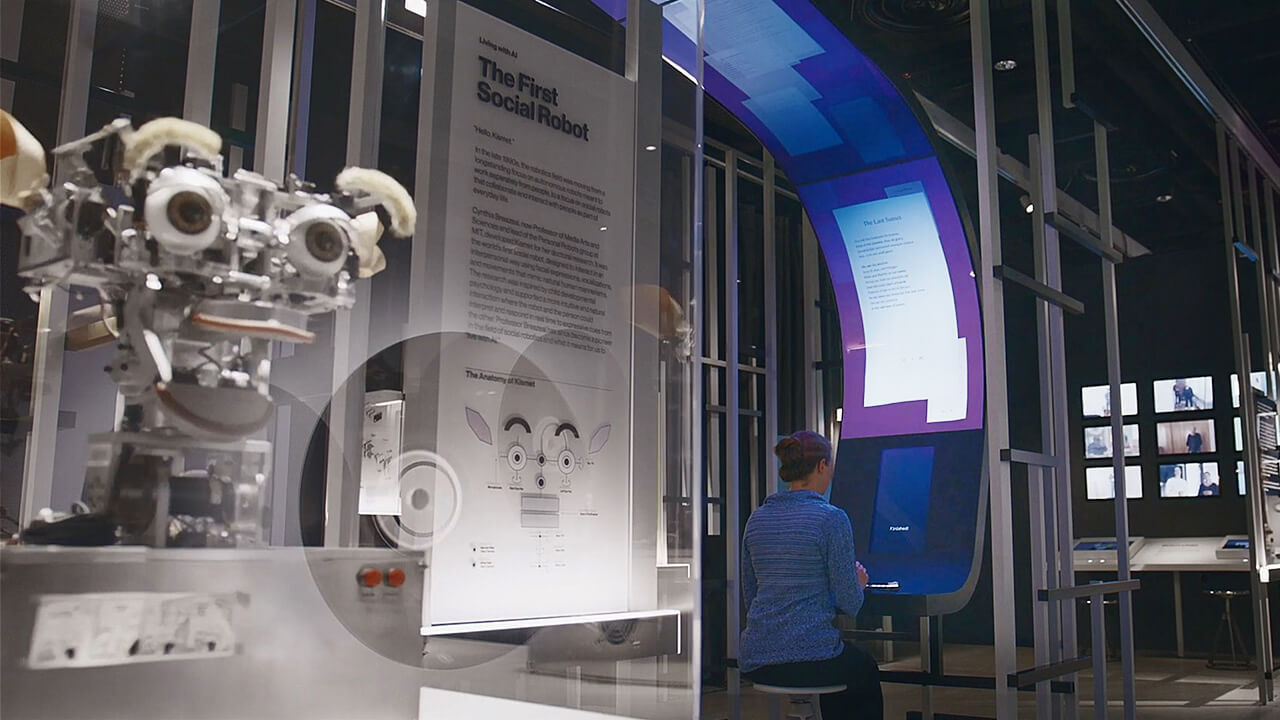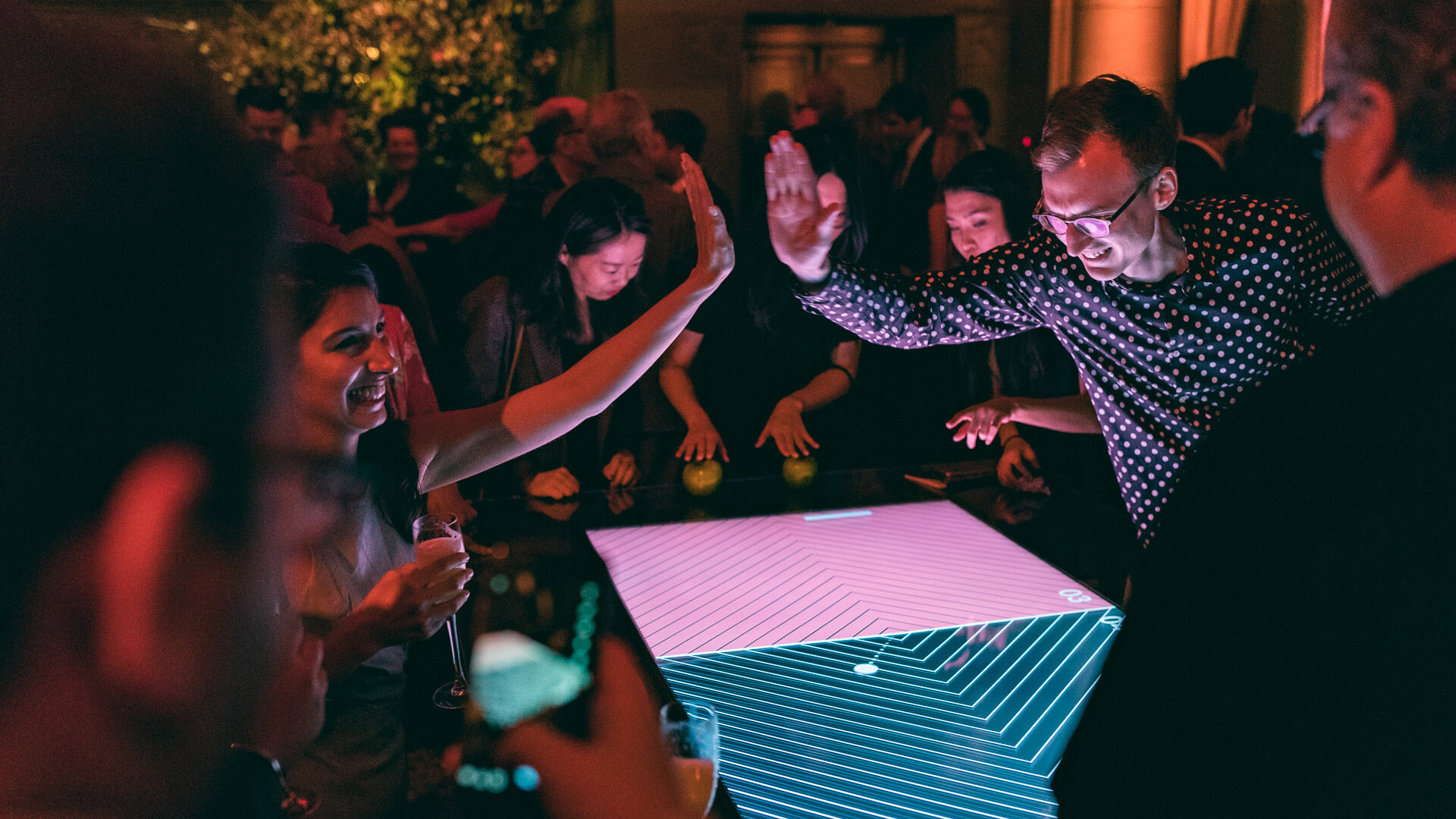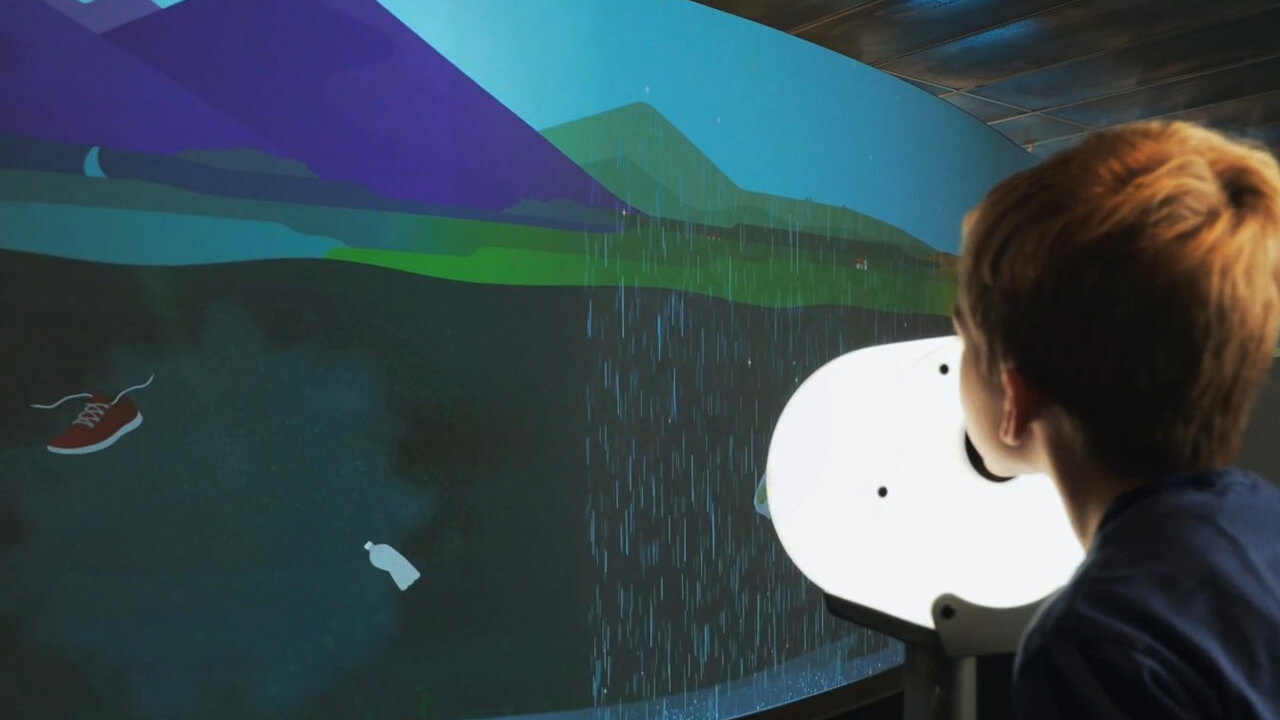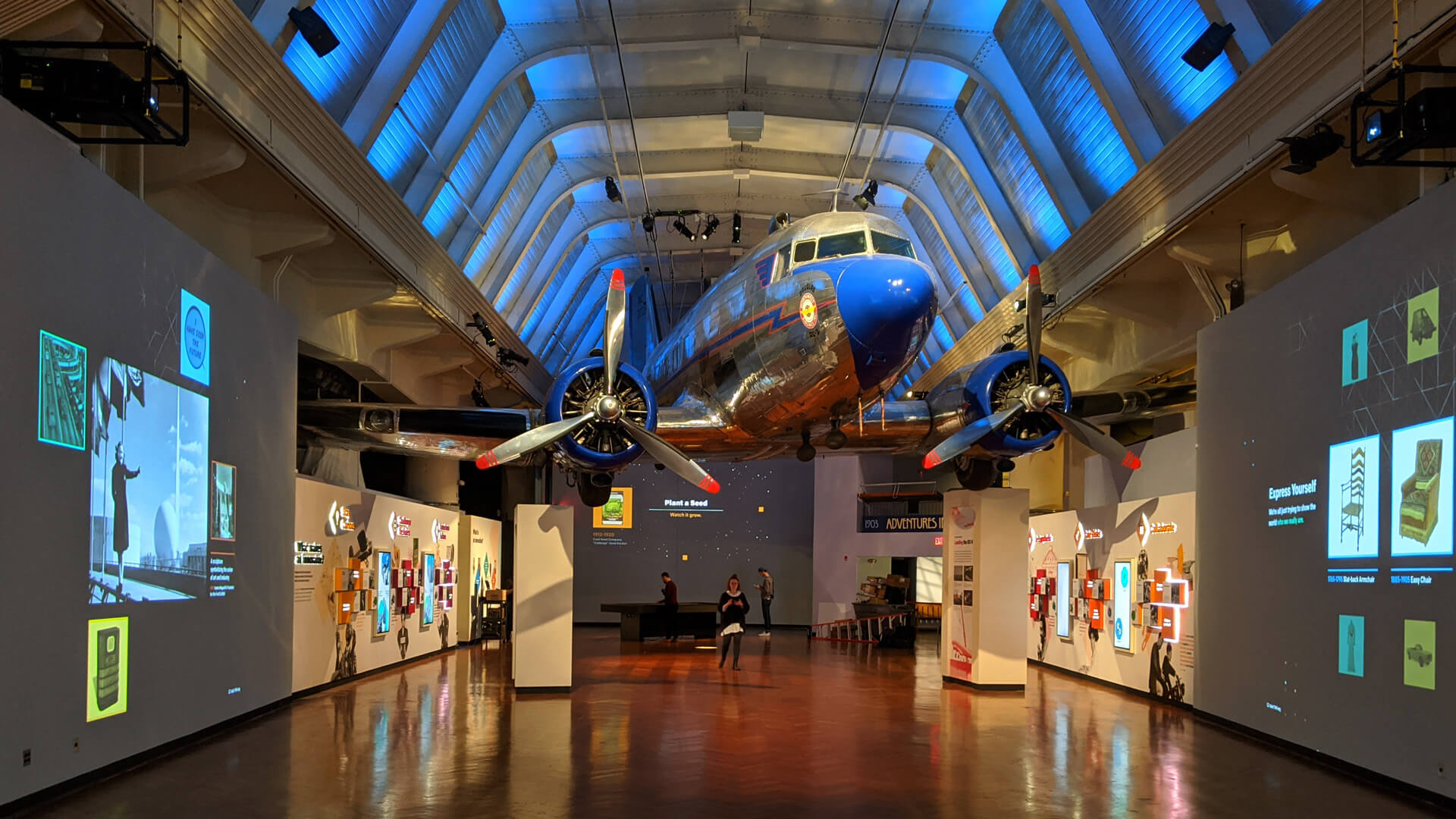Spatial Lighting Animation Pipeline
SO-IL, Mariana Popescu, and TheGreenEyl created Necto, a large textile installation with integrated lighting at the 2025 Venice Architecture Biennale. I joined the team to design the experiential activation for the membrane structure, developing the technical systems needed to control 23 LED strips embedded in the 100m² surface.
Working from NYC for the first month before moving to Tokyo for three months, I built a pipeline that connected architectural modeling with lighting control, enabling real-time preview and rapid iteration on spatial animations while the team operated between NYC and Venice.
CLIENTS
ROLE
Software Lead, Concept Development, System Architecture, Previsualization, Software Dev
TECHNOLOGY
TouchDesigner, Unreal Engine, Python, C++, GLSL
STUDIOS
Architecture: SO – IL
Membrane: Tailored Materiality Research
Experience: TheGreenEyl
EXPERIENTIAL TEAM
Richard The (Creative Director)
Ben Bojko (Software Lead)
Noah Feehan (Hardware Lead)
Saralee Sittigaroon (Architectural Designer)
Arden Schager (Creative Technologist)
Ardak Mukanova (Designer)
Marian Mentrup (Sound Designer)
PHOTOGRAPHY
Maco (Video)
Iwan Baan (Photo)
Experience Design Challenge
The membrane structure was computationally designed and fabricated, but we needed to figure out how to bring it to life experientially. Richard and I explored various approaches—projection, custom screens, laser projection, interactivity—before settling on integrated LED strips that could create spatial animations across the textile surface.
This meant solving several problems: How do you design lighting for a complex 3D surface that doesn't exist yet? How do you program animations for thousands of LED pixels in 3D space? And how do you do this while working remotely across multiple time zones?

Technical Approach
The system design connected the existing Rhino architectural model to lighting control through a multi-stage pipeline:
Rhino → Unreal Engine: An early proof of concept by Arden was the foundation to import splines from the membrane model using Python and UE's Editor API. The system automatically calculated DMX universes based on pixel pitch and generated LED points at consistent intervals along each spline with real-world XYZ coordinates.
Unreal Engine Calibration: UE's spline editor enabled manual adjustment of pixel counts and positions. This became the high-fidelity previsualization tool for exploring LED layouts and testing animations before any hardware existed.
TouchDesigner Animation: All LED coordinates and DMX mapping were exported to TouchDesigner, which handled animation playback through a Python GUI and spatial animations that leveraged 3D calibration and metadata.
Digital Twin: Bidirectional communication between TouchDesigner and Unreal Engine allowed TD to send DMX data to both the LED controller AND back to UE for real-time preview of actual lighting in the digital model.
The Moment It Clicked
I demonstrated the pipeline by playing a video mapped to the LED fixtures in our digital twin, then quickly switching to a visualization showing the 3D coordinates rendered in RGB space. Seeing how easily we could go from simple video playback to complex spatial visualizations helped the team understand the creative possibilities and start thinking about animations differently.
This breakthrough established the foundation for our remote collaboration workflow.
Remote Collaboration
The digital twin approach enabled seamless remote collaboration from Tokyo. Richard maintained a version in NYC while I worked from Tokyo, keeping them synchronized through version control. We could iterate on lighting designs and test animations across continents while Noah handled electrical planning and Arden developed animations in TouchDesigner.
When I arrived in Venice for installation week, only minor calibration adjustments were needed. The precision came from the exceptional accuracy of Mariana's team's original Rhino model and structural work, combined with Noah's meticulous electrical planning that let us pull his DMX configuration directly into UE.
Reusable Pipeline
The tools I built for this project extend well beyond this single installation. The Rhino → UE → TD → UE pipeline works for any project that needs precise spatial control of lighting, whether that's volumetric LED installations, architectural lighting systems, or interactive art pieces that map audio or motion to light.
The remote collaboration workflow and digital twin approach also proved valuable for managing complex technical projects across multiple locations and time zones.
Result
The installation opened at the Venice Architecture Biennale in May 2025, running through November 23rd. The project received coverage from major design publications including ArchDaily, Designboom, and World Architects, with photographers Iwan Baan and Marco Zorzanello documenting the completed work. The lighting system successfully enabled the spatial animations that transform the membrane structure into different atmospheric environments.











